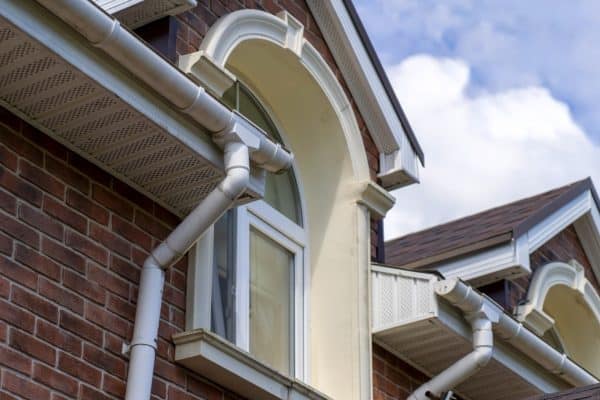The most vulnerable place in a roof that can be affected by leaking is the valley. If the valley is not properly constructed, this can cause a lot of damage to the roof. You may be wondering if the valley of your roof needs to be protected with mortar. To help we have consulted experts and here's what they think.
The mortar bedding is not intended to block water access, contrary to popular belief. This means a valley can function properly even without mortar.
Before constructing a roof valley, it is very important to have a good knowledge of the structure under the roof. Want to get more information about your roof valleys? Keep reading further.
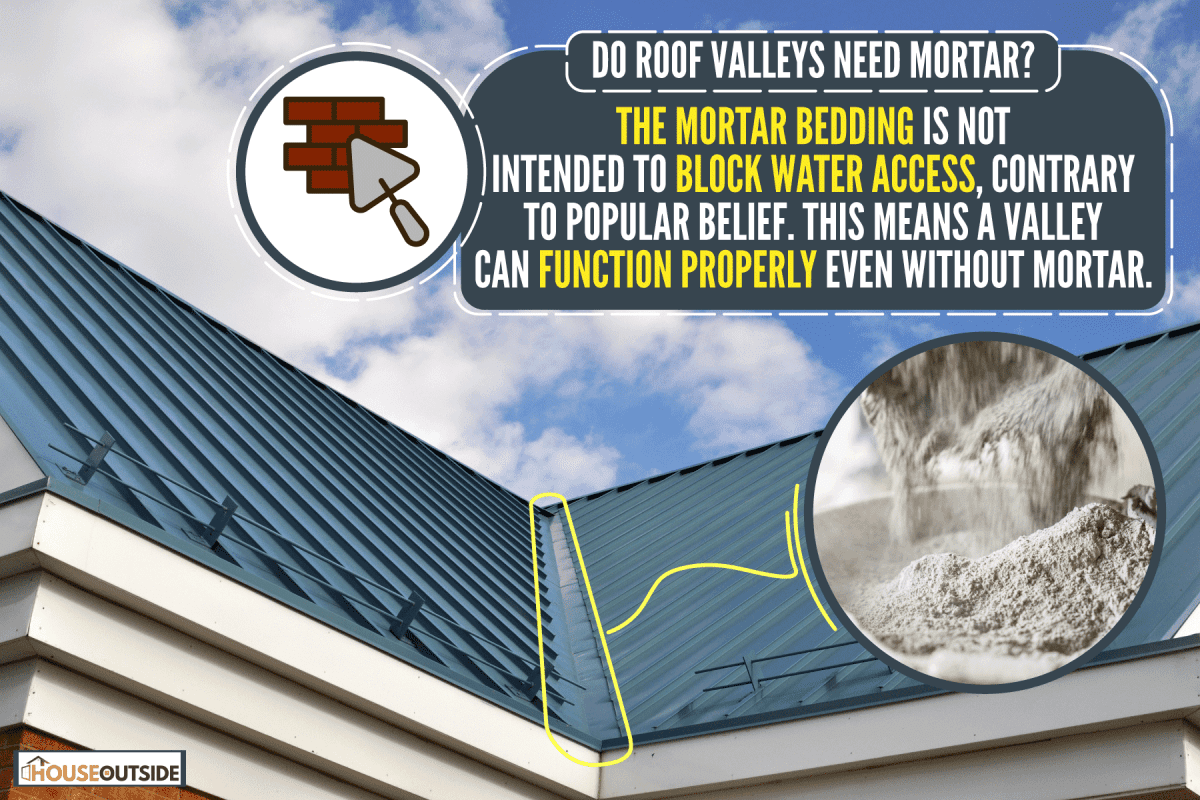
What Is Mortar? [In Roofing]
To restore roofs and bed ridges, mortar is a crucial component. Cement, sand, and premium additives are combined to create the mortar.
Using regular beach or river sand is the finest way to get a good mixture of mortar. Mortars are made of materials that won't shrink and they have strong binding properties.
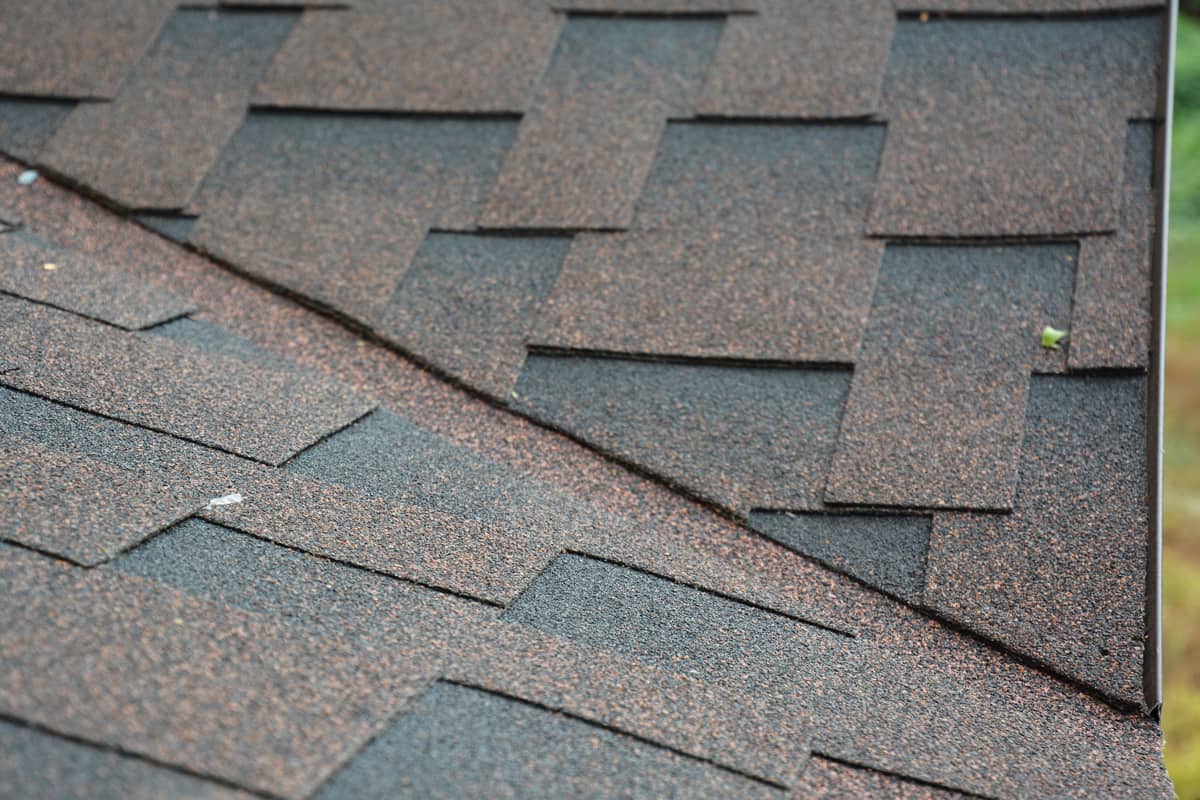
It is kind of a self-sacrificing substance that safeguards the walls and roof of your house over time because it is designed for low shrinkage and high bond strength.
Because it has high adhesion and is essentially a weak type of concrete, it works well for stacking bricks and attaching stones to walls. Mortars however require a little bit more water and this makes them too wet to support a form.
The compressive strength of most mortar mixtures is in the range of 1500 psi. Even though some exceed 3500 psi. These levels are not sturdy enough to hold up huge buildings like poured walls or a foundation.
Because mortar fractures considerably more easily, it cannot be utilized to construct patios or sidewalks, masonry work
Do Roof Valleys Need Mortar?
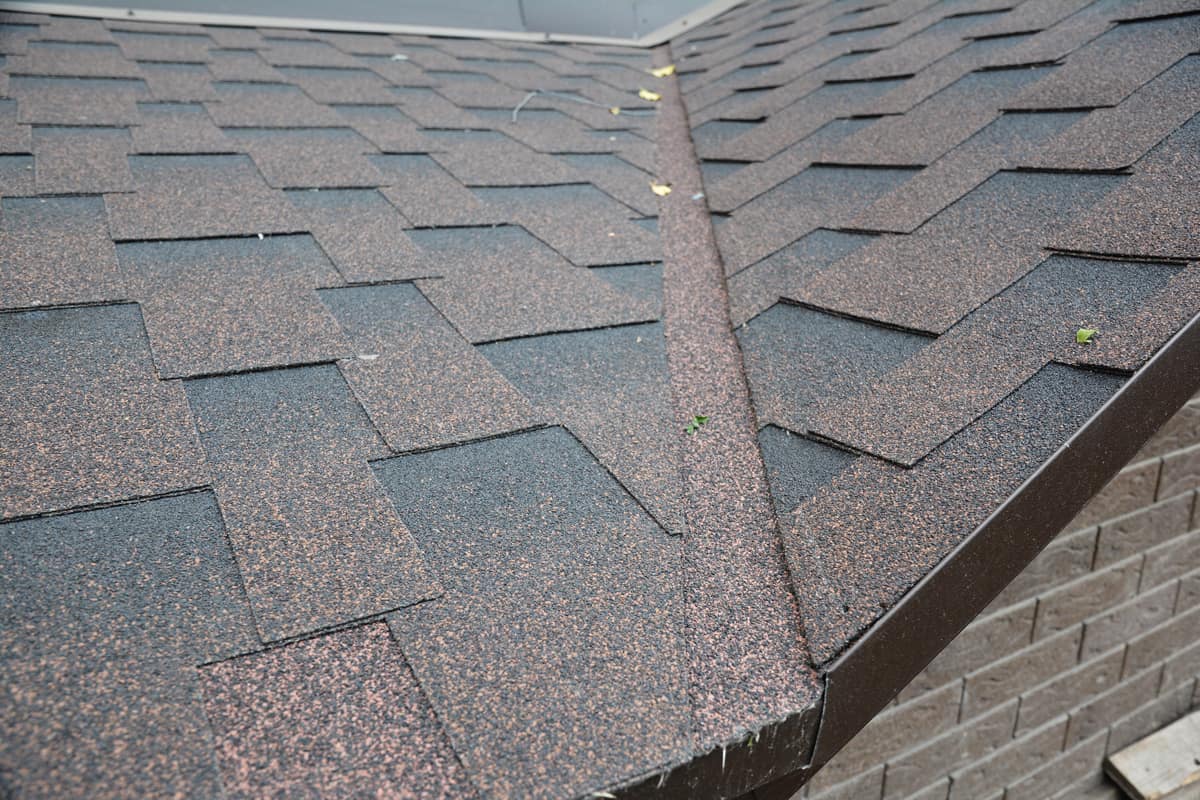
It is a popular misconception that mortar is used to block water access. A valley should, nevertheless, function properly even without mortar. It is crucial to correctly construct the roof in the valleys.
For instance, when placing valley boards, they should always be flush with the rafters rather than on top. These procedures stop water from getting into the roof space, not the mortar.
Ensure that they are formed properly. Laying mortar bedding directly onto a lead valley is not advised; instead, use a slip course made of slate, tile, or fiber cement board. The tiling won't have to extend past the valley's margins in this manner.
How Do You Line a Roof Valley?
Instead of going beneath the lead lining, the underlay on each side of the valley should overlap the sides of the valley.
This custom arose from the usage of bituminous underlays, which were used to keep lead from clinging to the bitumen in hot weather. Modern non-bituminous underlays like vapor permeable ones and others rarely have this issue.
The tilting fillets, or upstands, at either side of the valley are a crucial component of a well-built valley because they retain the water in the valley's center.
However, lead valleys frequently exclude them. Even if the mortar is missing or broken, the upstands will stop water from entering.
The lead edges should be folded over to create a welt as a last water-resistance measure. Never lay mortar bedding directly on the lead because the expansion and contraction of the lead with temperature can cause the mortar to break very quickly.
Instead, the mortar should be applied to a slate, tile, or fiber-cement board under the cloak to allow mobility between the underclock and the lead.
There should be at least 25mm of space between the mortar bed and the upstand to prevent water from flowing over them.
To provide the requisite open valley width, tiles should be carefully cut, and all cut pieces must be secured twice using a combination of nailing or screwing at the head and clipping at the tail.
If the very small chopped pieces are physically fastened to the batten, they can be connected to the neighboring entire tile using a suitable adhesive. When possible, use tile-and-half tiles to create cut tiles that are as large as possible.
What Material Is Used In The Valley of a Roof?

A variety of materials can be used to create roof valleys. Most older roof valleys were galvanized. To avoid rusting, the iron or steel is covered in a layer of zinc. Over time, the barrier will surely develop small gaps, and as soon as water gets in, rust begins to form.
Rust causes structural weakness as it spreads, aggravating the problem. Small levels of rust can be repaired if found quickly, but once the construction or integrity of the valley is threatened, it will likely need to be replaced.
Typically, lead, concrete, or fiberglass are used to construct roof valleys. As a more lightweight and rust-resistant replacement for earlier iron/steel valleys, aluminum is currently gaining appeal.
Without a doubt, as technology develops, we'll see valleys with extraordinarily long lifespans and excellent weather resistance.
What is The Purpose of a Valley On a Roof?
When two roof facets meet at a slope to create an internal angle, this is known as a roof valley. The fundamental objective of roof valleys is to allow water to properly drain off your roof. The valley-like area between two sloped roof portions is referred to as a roof valley.
That is, a means of water escape is required when two sloped roof parts meet. A roof valley can help with that. Given that they are intended to be areas where water and debris can escape rather than accumulate on a roof, roof valleys inevitably experience some wear over time.
They are susceptible to wear, leaks, and obstruction just like gutters. The necessity for expert roofing contractors may arise frequently for roof valley repairs.
How Do You Seal a Valley On a Shingle Roof?
In a valley, two angles of a roof meet to form a V-shape. You can fix your roof with a few different methods if you find a leak coming from your valley.
Closed valleys are formed when the metal flashing is covered with shingles that are pressed together. To seal this, Start at the bottom of the valley and tuck a flashing piece in the shape of a diamond under the butted-up shingles to fix leaks in this kind of valley.
Give the flashing components a minimum 2-inch overlap. Each shingle should be nailed, and roofing cement should be applied to the head.

Open valleys have exposed flashing, and the shingles stop at the borders of the flashing. Check the valley for debris before sealing. Verify that the roofing material is cut with a smooth, straight line on both sides.
The space between the shingles should increase by 1/8-inch for every foot of the valley from the ridge to the eave. Each shingle should be raised, and the valley area should be coated with roofing cement. Run a bead of roofing cement beside the shingles down the valley using a cartridge gun.
Cut a piece of sheet metal with the same gauge as the original flashing if a valley flashing needs to be repaired. Create a patch that is wider than the damaged area and fits beneath the shingles.
Slide the patch beneath the shingles first on one side, then the other, after applying a bead of roofing cement around the patch's outside edge.
Where the patch sits on top of the original valley piece, add more roofing cement to the top and bottom of the patch. The cement should be smoothed so that water can flow freely down the valley.
How Do I Stop My Roof Valley From Leaking?
The best course of action is to obtain assistance if you plan to try to fix roof valleys and stop leaks on your own. Debris should first be removed from the valley.
Depending on the extent of the damage, it may be necessary to install a sheet of metal throughout the length of a roof valley or patch any holes.
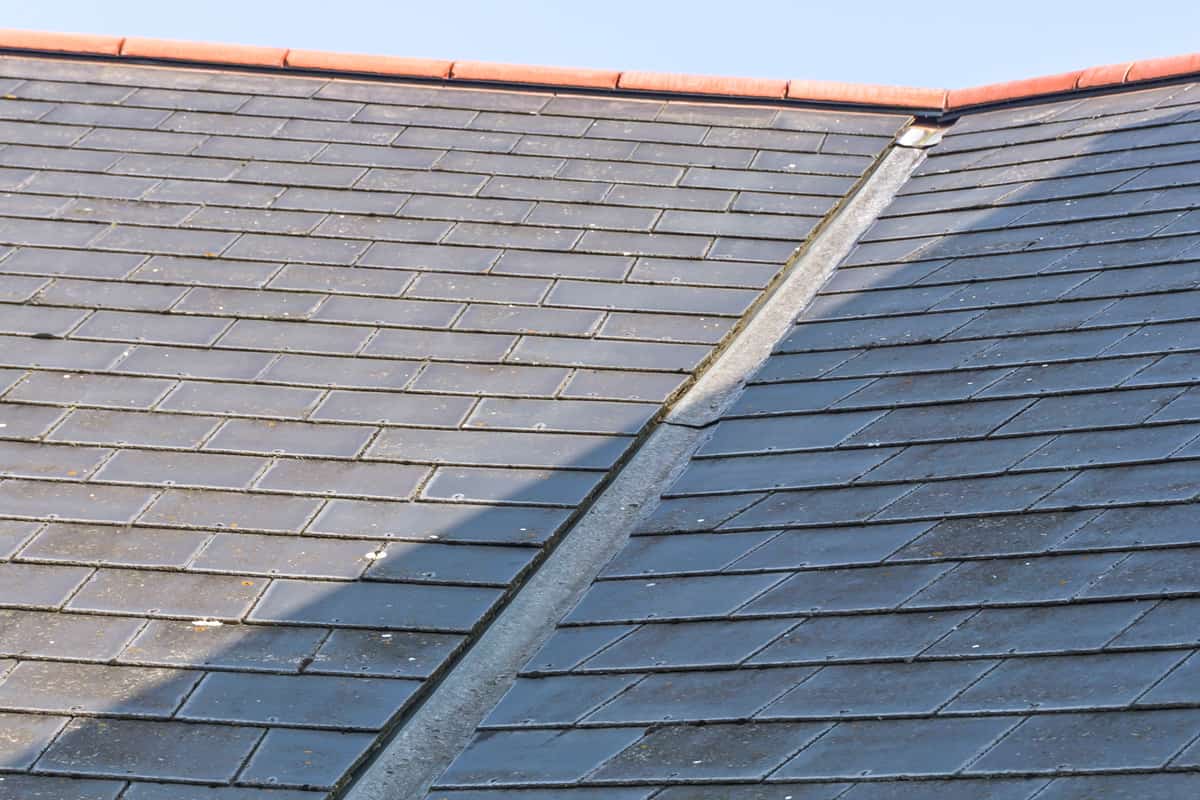
Your roof's valleys are a crucial component and shouldn't be ignored. You should be aware that neglecting maintenance or using subpar materials during construction will always result in roof valley leaks and the degeneration of more expensive components, which will ultimately cost more to fix.
Therefore, make sure your roof valleys are in good condition by checking them frequently.
How Long Does Roof Valley Last?
A roof valley has a relatively long lifespan. Roof valleys can survive up to 20 years, but regrettably, several outside causes can shorten that time. You might find it hard to believe, but abandoned leaves are the main cause of a leaking roof.
In Summary
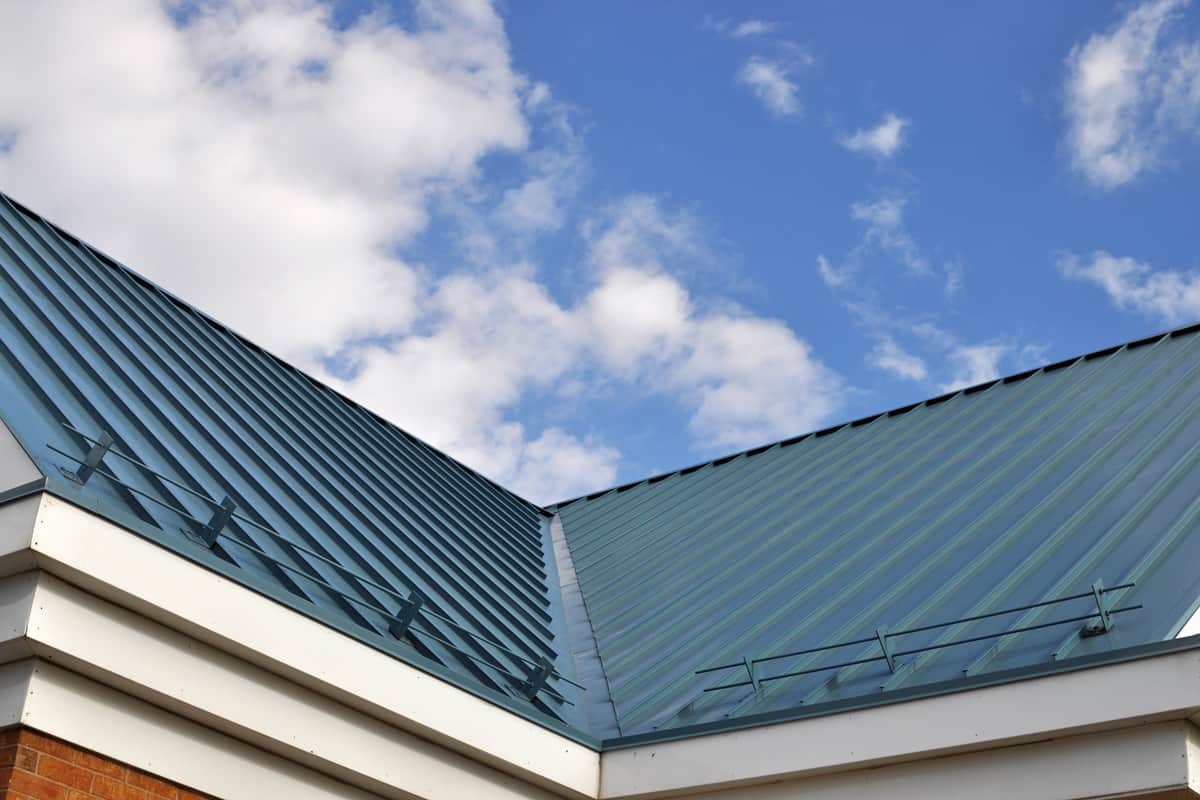
Using regular beach or river sand is the finest way to get a good mixture of mortar. Mortars are made of materials that won't shrink and they have a strong binding element. It is a popular misconception that mortar is used to block water access. A valley should, nevertheless, function properly even without mortar.
To read more on roofing, here are some engaging articles we recommend:



